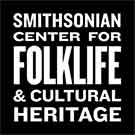SMITHSONIAN CENTER FOR FOLKLIFE & CULTURAL HERITAGE
Top 5 Folklife Stories from 2023
This year, Folklife Magazine published a sprawling diversity of stories—from Armenian protest movements to young Asian American farmers.
:focal(600x400:601x401)/https://tf-cmsv2-smithsonianmag-media.s3.amazonaws.com/filer_public/cb/e0/cbe0d920-4b4c-4af6-a900-4660a527854e/rijsttafel.jpg)
This year, as every year, Folklife Magazine published a sprawling diversity of stories—from Armenian protest movements to young Asian American farmers. That broad scope is a reflection of our online magazine’s mission: to explore how culture shapes our lives, through stories about music, food, craft, language, celebrations, activism, and the individuals and communities who sustain these traditions.
With the 2023 Smithsonian Folklife Festival’s focus on living religions in the United States, our writers highlighted marginalized faith communities and spiritual practices outside the mainstream. We also learned about the fight for salmon-fishing rights, American cemeteries, and the World Pig Championship. We heard calypso in Trinidad, jazz in D.C., and “eco-folk” in the UK. We met traditional healers, cosplayers, and peacemakers. These stories came from within our Smithsonian community and from around the world, from researchers, artists, and a team of talented past and present interns.
We could never pick our favorites, but out of more than fifty articles published in the past year, here are the top five most read:
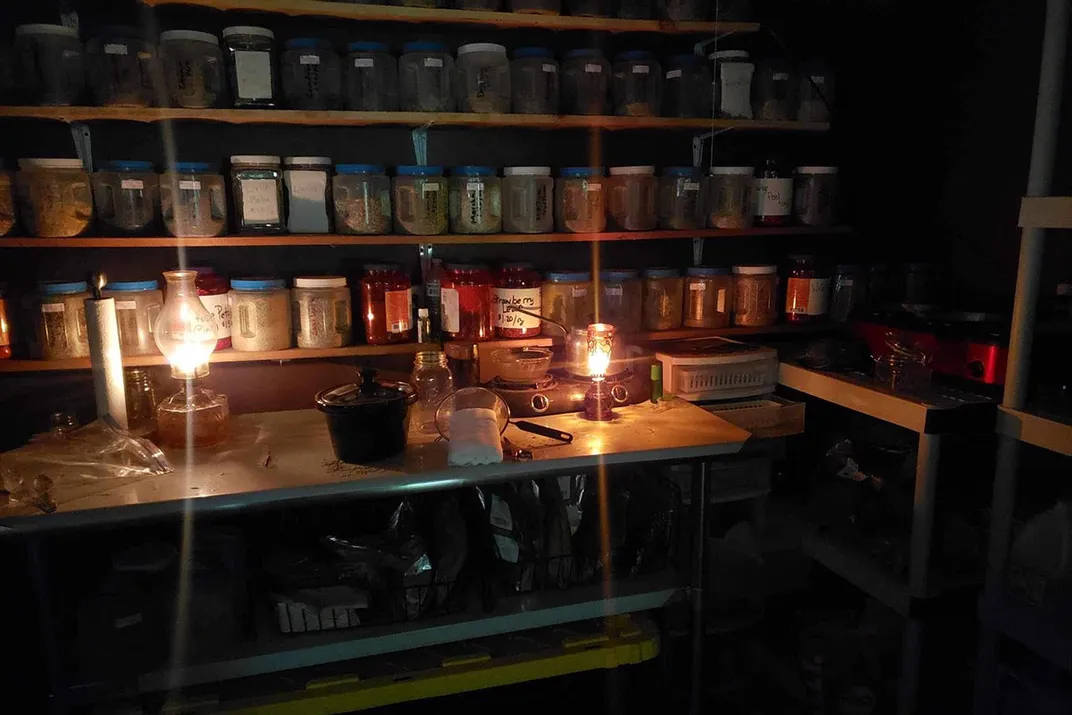
1. Appalachian Folk Magic: Generations of “Granny Witchcraft” and Spiritual Work
In the Appalachian Mountains, stretching from West Virginia to Mississippi, folk magic goes by many names: root work, granny magic, kitchen witchery, Braucherei, witchcraft. No matter the name, it is the tradition of using native plants to heal and perform magic.
Supported by the Folklife Festival’s Creative Encounters program, writer and former intern Emma Cieslik interviewed practitioners across the region to understand folk magic’s modern permutations.
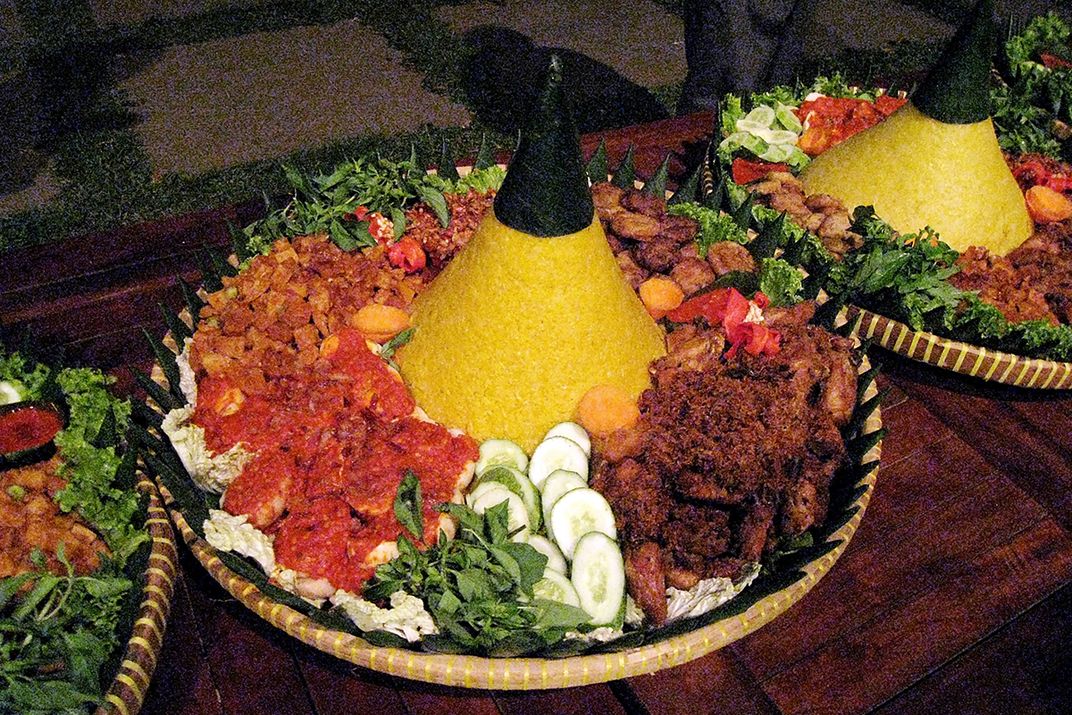
2. What Is Rijsttafel? A Dish to Bridge Dutch and Indonesian Identities
In English, the Dutch term rijsttafel translates to “rice table.” It is a meal that can feature up to forty Indonesian dishes, including various vegetable, fish, and meat dishes served alongside the white rice, sauces, and sambals.
But much like how the fortune cookie does not exist in China, rijsttafel does not exist in Indonesia—at least not for locals. After stumbling across it in a cookbook, intern Gwenna Claproth decided to research the dish and her own Dutch Indonesian heritage—both results of colonization.
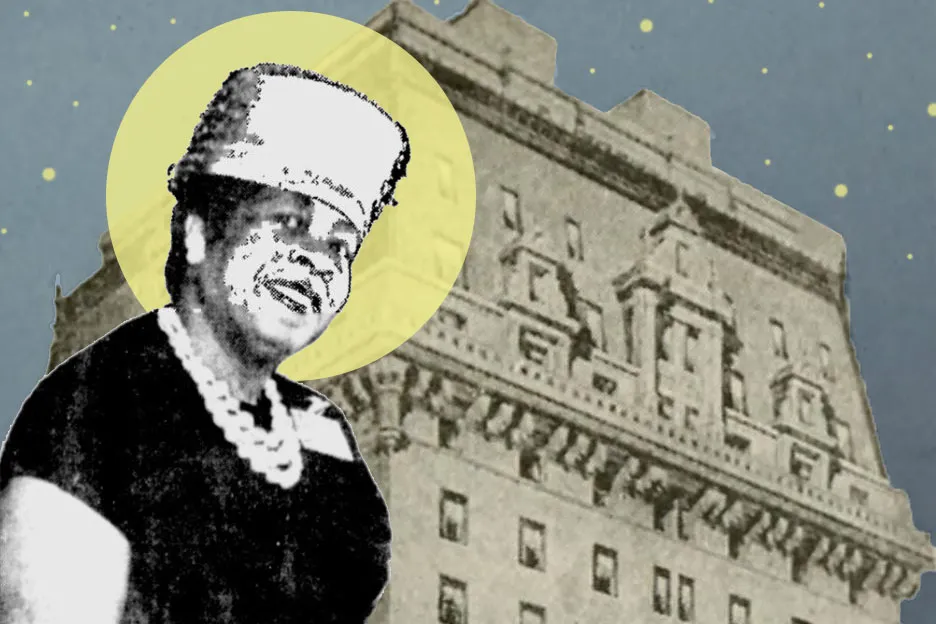
3. To Show That All’s Equal: The Devoted Life and Lonesome Death of Hattie Carroll
On February 9, 1963, Hattie Carroll was tending bar at a charity ball in Baltimore when a drunk attendee, William Zantzinger, struck her hard on the shoulder with a cane. Hours later, she died.
Her brutal murder and Zantzinger’s weak sentence—only six months—instigated a national conversation about racial violence in the United States and inspired a song by Bob Dylan. Aside from a few lyrics, little had been published about Carroll’s life, so independent researcher and Baltimore resident Ian Nagoski sought to tell a more complete story.
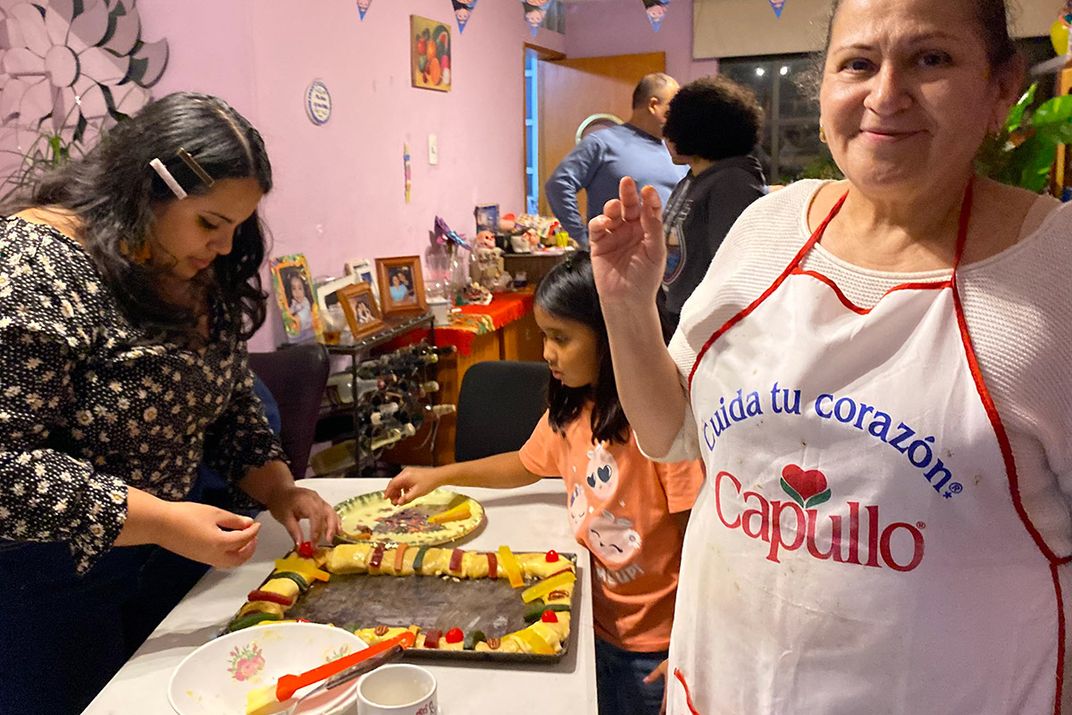
4. There’s a Baby in My Cake! Luck of La Rosca de Reyes on Three Kings Day
During Día de Los Reyes, or Three Kings Day, extended families travel to gather, children write letters to the Three Wise Men in hopes of receiving gifts, and the bakers (or nearby bakeries) prepare la Rosca de Reyes, or “Wreath of the Kings.”
This traditional sweet bread, round and bejeweled with dried fruits and nuts, is an annual family tradition for intern Francesca Galván. She shared her family recipe and related rituals as part of our seasonal series, “Foodways of Holidays.”

5. Queer Drag Nuns Devoted to Community: Unveiling the Sisters of Perpetual Indulgence
An international nonprofit order of queer and trans nuns founded in 1979, the Sisters of Perpetual Indulgence are known for their devotion to human rights, respect for diversity, spiritual enlightenment, and outreach to those on the edges.
Last summer, the Sisters found themselves in the spotlight as conservative voices spoke out against the Los Angeles Dodgers’ intention to honor the group during Pride Month. Former intern Adrienne Hunter interviewed multiple generations of Sisters to examine the group’s origins and community service.
We hope you’ll take a look at these and other stories in Folklife Magazine, immerse yourself in another region or subculture, and enjoy. Thank you to all the readers, authors, and expert contributors who enriched the magazine and the work of the Center for Folklife and Cultural Heritage in 2023!
